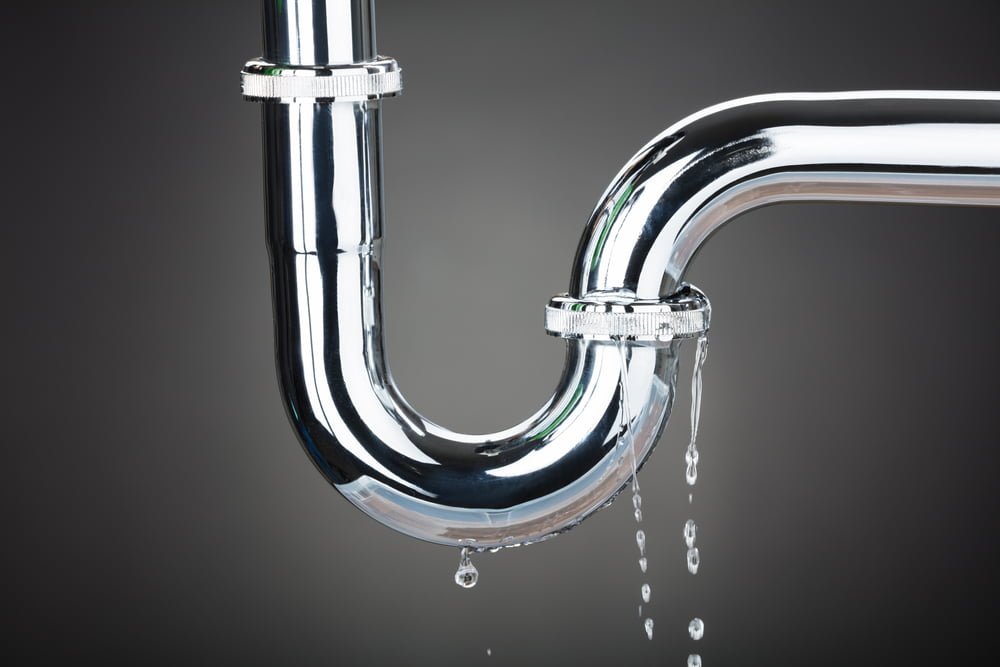In part one of this two-part blog, we went over some of the primary sources of plumbing leaks found in homes and buildings around the country. These leaks are often the primary drivers behind rising water bills each month, and identifying and plugging them can save you a lot of money.
At Expert Services- Plumbing, Heating, Air & Electrical, our plumbing repair services include all leak-related areas. How can you easily identify that the source of your rising water bill is indeed a plumbing leak? Let’s look at this, plus give you some context on what kinds of water use numbers might be out of the ordinary based on country averages.
Water Use Numbers
According to the United States Geological Survey (USGS), the average person in the United States uses between 80 and 100 gallons of water on a daily basis. This may vary slightly if you have particular habits that either increase or decrease your usage significantly, but this is a decent baseline from which to start.
For a basic idea of whether you’re exceeding reasonable water use rates, then, simply multiply this figure by the number of adults in your home. You might be able to use slightly smaller numbers for children, depending on their ages and habits. But if you do the math and find that your per-person water usage is actually far beyond these numbers despite no major increases in water use from anyone in the home, it’s a sign that a leak might be taking place somewhere.
Now, let’s go over how to confirm that a leak is present in your plumbing:
Water Meter
To start, identify the location of your water meter, which has a basic dial similar to a car’s speedometer. Make sure all the water in the home has been turned off completely, and then take a reading from the meter – if you notice that the dial is still moving, this means water is still moving in the home. You likely have a leak that’s causing this movement despite your fixtures all being turned off.
One Toilet at a Time
If you indeed find a moving dial, it’s time to narrow down the possible location of your leak. It’s best to start with the toilets in your home – move to each one by one, turning off the water to them using the basic shut-off valve located on the back of every toilet (our plumbers can help you find this if you’re struggling). After each turn-off, go back to the water meter and take a reading. If the dial suddenly stops moving after you’ve turned off a given toilet, you have your leak source.
Faucets and Hose Bibs
If none of the toilets is the issue, move to faucets and hose bibs. Use the same process as you would for toilets, turning each one off individually and then checking the meter from there.
Night Reading, Then Morning Reading
If you still can’t locate the source of the leak, it’s at least possible that you were initially mistaken or your meter’s dial was moving for other reasons. To absolutely confirm that a leak is present before calling our plumbers to address it, take a reading at night after your home’s final water use is finished – and then take another in the morning before any water has used. The dial should not have moved, but if it has, you clearly have a leak and should call us.
For more on plumbing leaks and identifying them, or to learn about any of our plumbing services, speak to the pros at Expert Services- Plumbing, Heating, Air & Electrical today.
